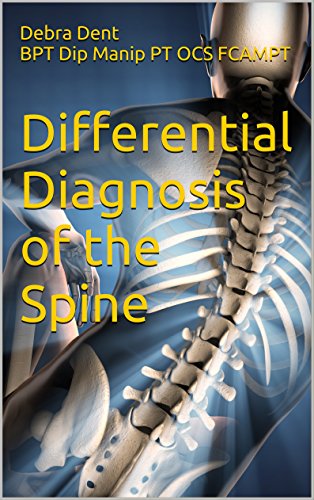POLYMYALGIA RHEUMATICA PMR
Polymyalgia Rheumatica is a relatively common inflammatory condition that affects primarily people over the age of 50 and of northern European descent. It is rare in Asia and among black people. It is more frequent in women than men by 2 to 1. It is characterized by proximal stiffness and myalgia of the hips and shoulders. Classic morning stiffness is present and can last for more than one hour. Approximately 15% will develop Giant Cell Arteritis (GCA) and approximately 45- 50% of patients with GCA will have PMR.
The condition can have a relatively sudden onset in 50% with good health being noted prior to its onset. Stiffness and pain are noted in the proximal girdles. A classic sign is an inability of being able to rise out of a chair due to pain and stiffness. Being able to turn over in bed or raise their arms over their head is also symptoms of PMR. The phenomenon of gelling is noted after resting for over an hour or on rising in the am. There may be distal joint swelling and or edema. Patients will present with fatigue, low-grade temperature and distal swelling with pitting edema. They will have normal muscle strength and ROM of the shoulders and hips may be limited due to pain. Tenderness of the hips and shoulders may be present.
Diagnostic Criteria:
• erythrocyte sedimentation rate (ESR) will be greater than 40 mm/h.
• age over 50
• pain present longer than 1 month and involves two of the following areas- neck, shoulders and pelvic girdle.
• no other notable diseases present
• morning stiffness of greater than one hour
• Responds very quickly to prednisone treatment of less than 20 mg
Scoring System:
2 points: morning stiff greater than 1 hour
1 point: Hip ROM limitation and pain
2 points: absence of Rheumatoid Factor (RF)
1 point: absence of peripheral joint pain.
Score of greater than 4 points will discern PMR patients from others comparative patients
68% Sensitivity
78%Specificity
Saad, E.R Polymyalgia Rheumatica. Emedicine.medscape.com Sept 23, 2015. Web Jun 5, 2016
Klippel, J. H. et al. Primer on the Rheumatic Diseases. 12th ed. Atlanta, Ga. Arthritis Foundation. 2001.



Tops of my arms , neck and shoulders, groin, morning mostly but fades until I stop being active, then presents itself if in one position too long after work.